"Two Great Depressions
The first half of this is a simple factual claim, easily checked. The current Statistical Abstract of the United States is conveniently webbed, but does not go back far enough to provide figures for expenditure under Hoover; Historical Statistics of the United States, so far as I can tell, is webbed only in a for-pay version. But earlier volumes of the Statistical Abstract are also webbed. The 1935 volume contains figures both for federal expenditure and for prices in the relevant years. Federal expenditure was:
1929 3,298,859
1930 3,440,269
1931 3,779,868
1932 4,861,696
Far from being cut, it increased every year.
These figures greatly understate the increase, because during this period prices and natinal income were falling. Measured in purchasing power rather than in dollars, federal expenditure roughly doubled over the final three years of Hoover's administration. Relative to GDP, it nearly tripled.
The second half of the story is trickier, because it depends on assumptions about what would have happened without the New Deal—that the Depression would have continued forever, or at least for much longer. That seems implausible, judging by other depressions and recessions; the Great Depression was unusually long, not unusually short. Arguing that since the economy eventually recovered the New Deal was a success is like arguing that if the doctor bleeds the patient and the patient survives and eventually recovers, the treatment was a success.
We can learn a little more by looking at a different Great Depression—the one that didn't happen. From 1920 to 1921, the consumer price index fell by 10.8%, more than in any year of the Great Depression; it fell another 2.3% in the next year. Unemployment rose to about its 1931 level. Looking just at that data, it's obviously the start of a depression.
Harding did what Hoover is supposed to have done, reducing taxes and government expenditure. By 1923 the recession was over. It was the Great Depression that didn't happen.



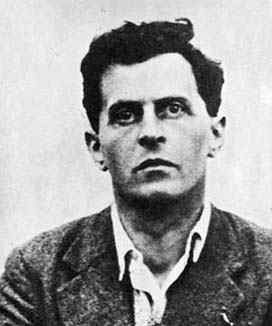






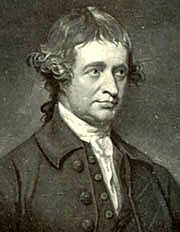


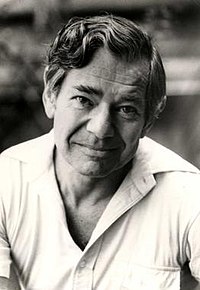










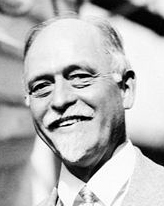



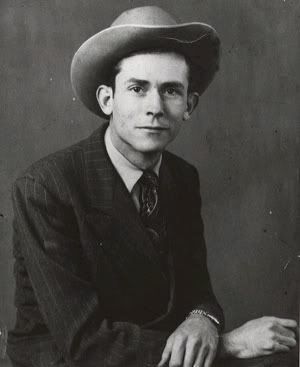







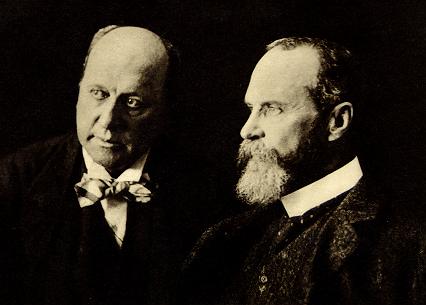

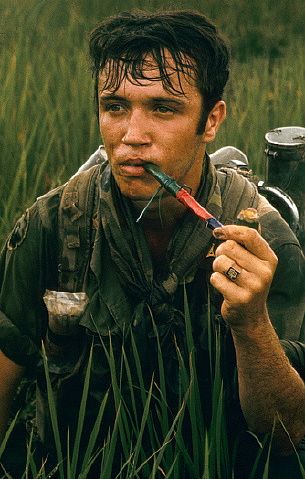
No comments:
Post a Comment